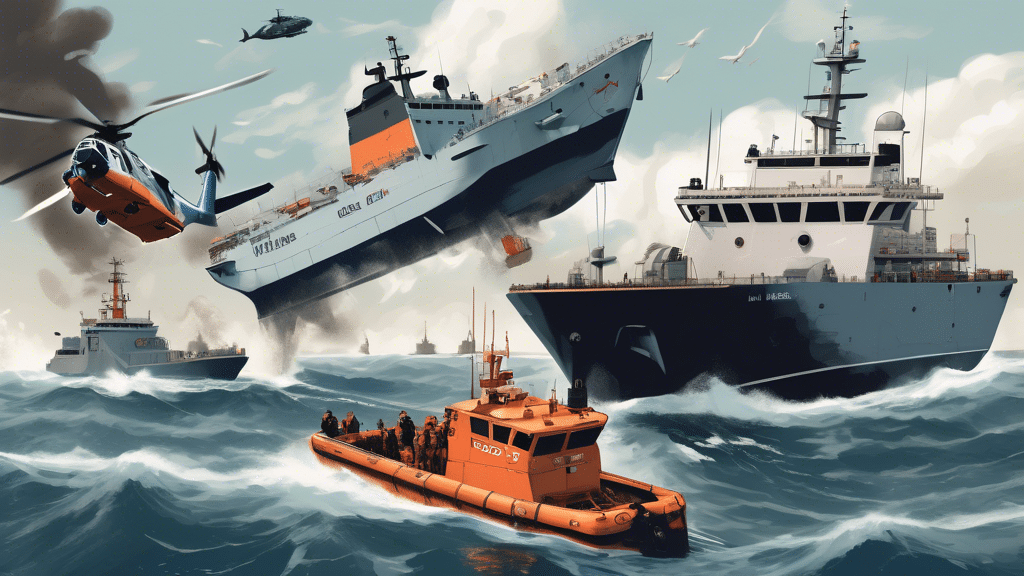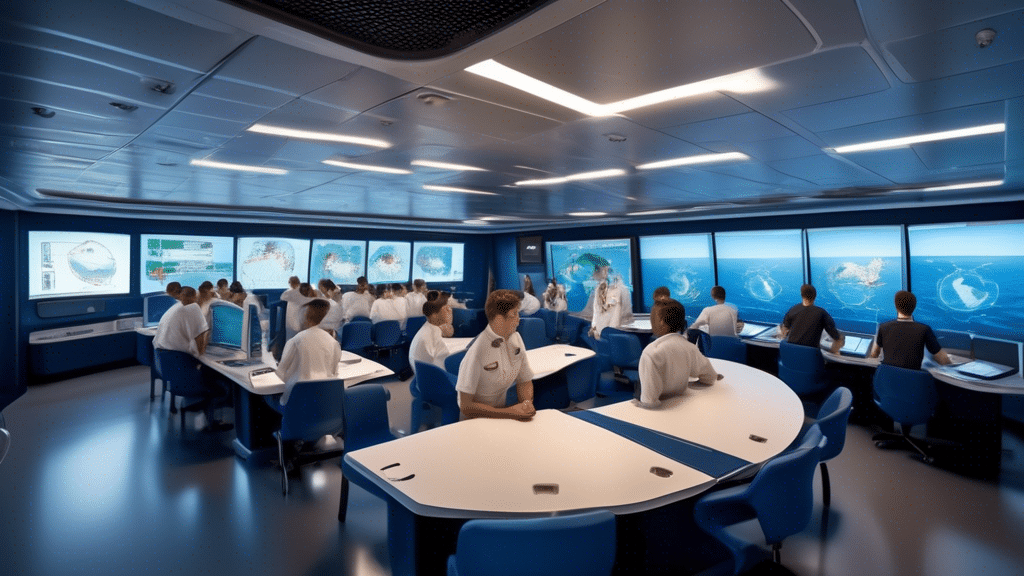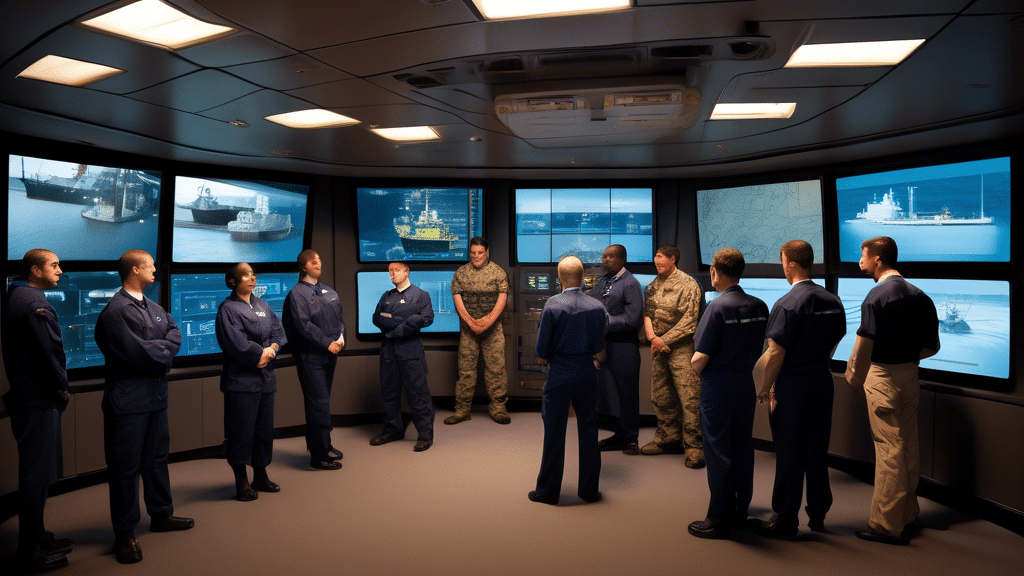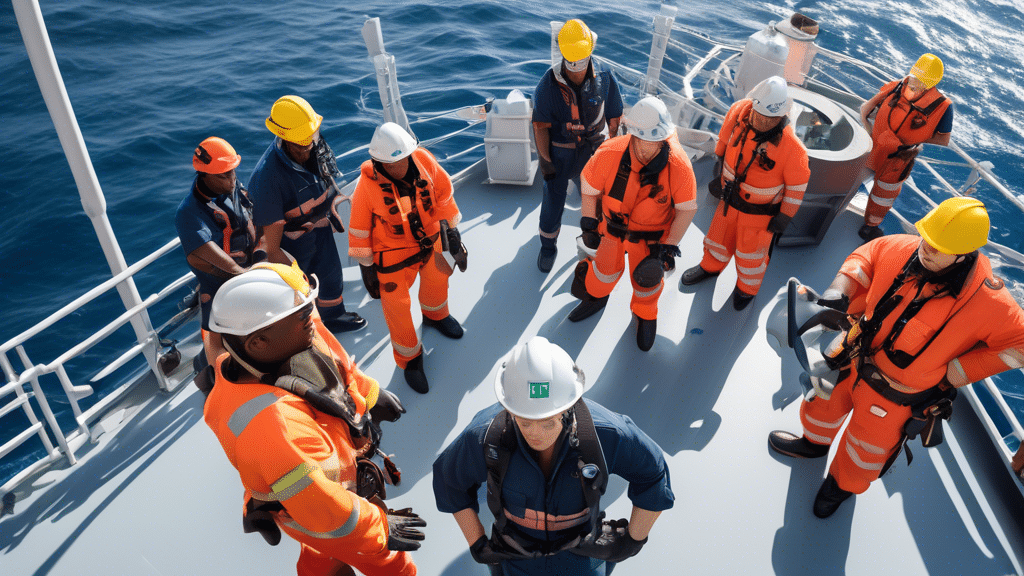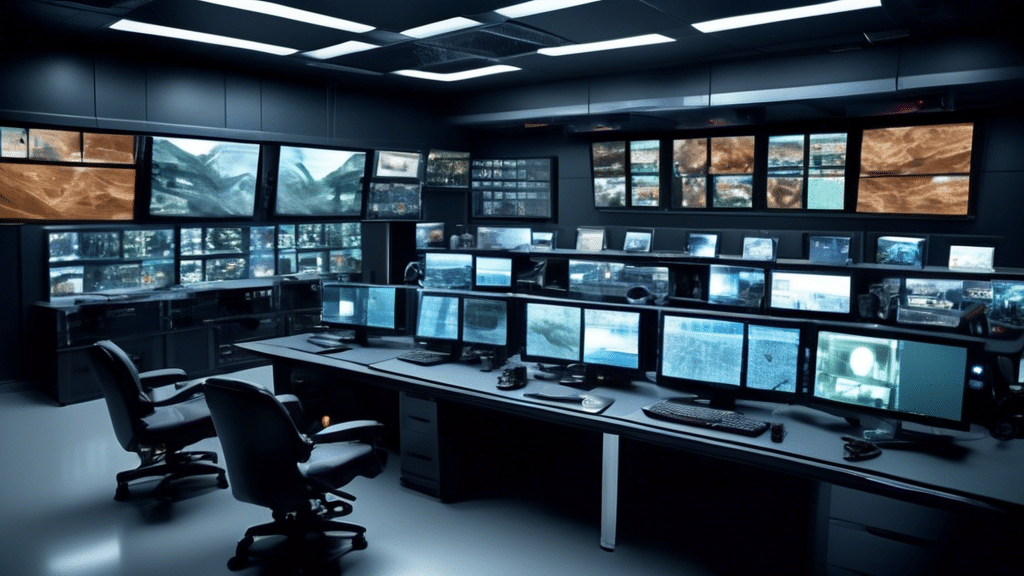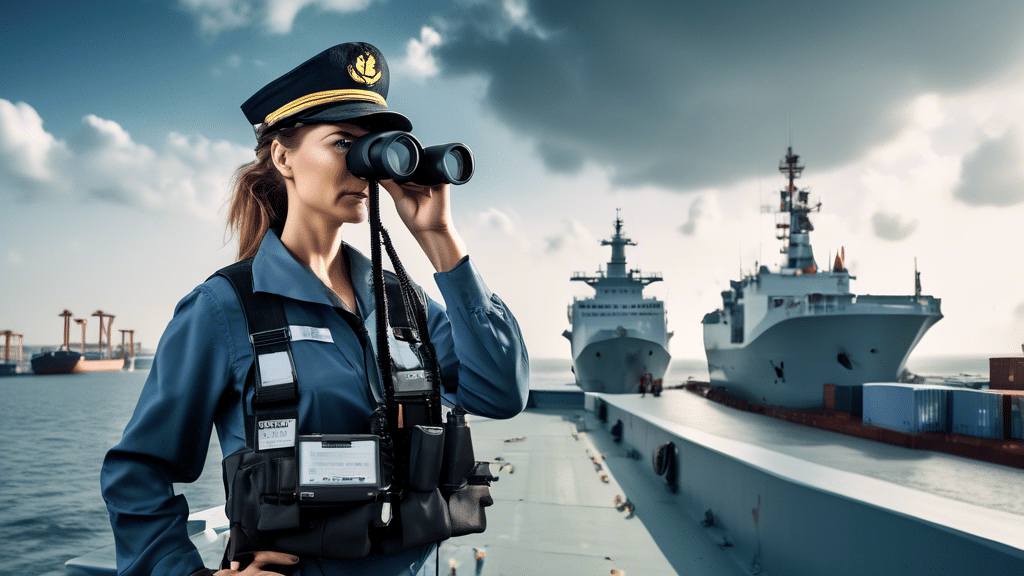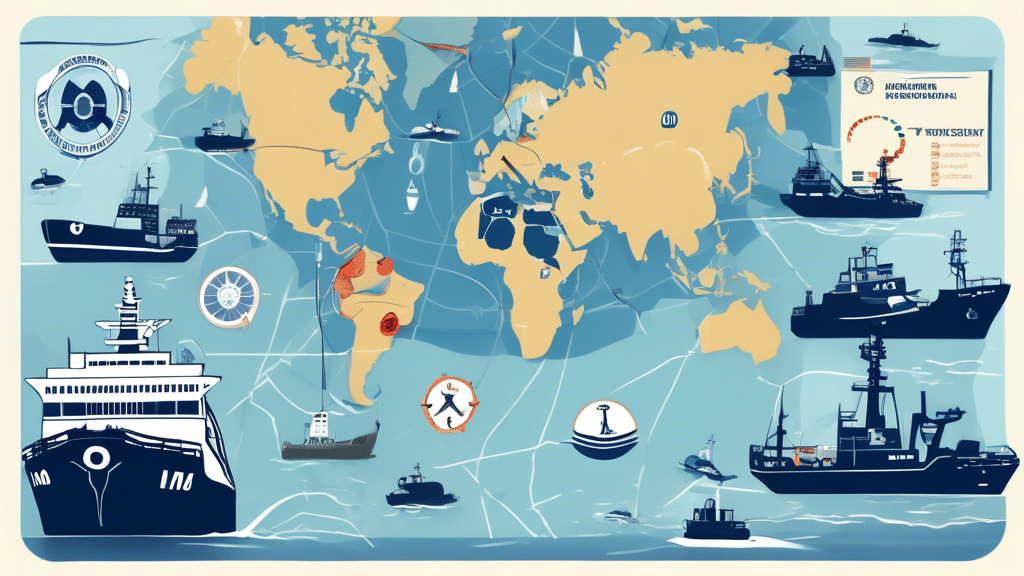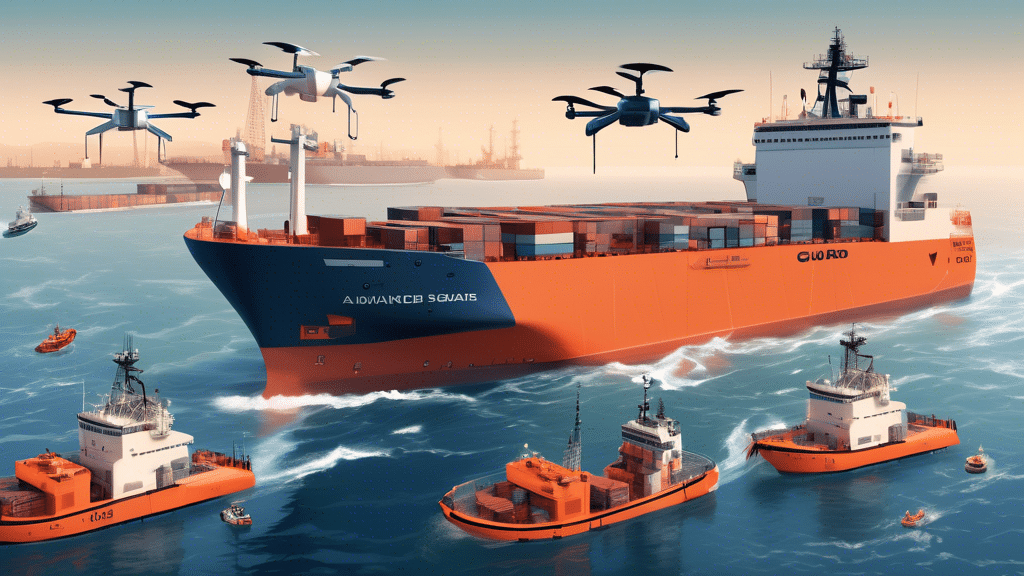Maritime security breaches can pose significant risks not only to the safety of crew members and passengers but also to national security and international trade. Understanding how to handle these breaches effectively is crucial for maritime operators, security professionals, and regulatory authorities. This article provides a comprehensive guide on how to address maritime security threats efficiently and proactively.
Understanding Maritime Security Threats
The first step in handling security breaches is to recognize the various potential threats. These may include piracy, armed robbery, terrorism, smuggling, human trafficking, and cyber-attacks. Each type of threat requires a tailored response strategy based on its specific characteristics and potential impacts.
Developing a Maritime Security Plan
A robust maritime security plan is an essential tool in preventing and responding to security breaches. A comprehensive plan should include:
- Risk Assessment: Identify and assess potential threats and vulnerabilities specific to your operation.
- Security Measures: Implement appropriate physical, technical, and administrative measures to mitigate identified risks.
- Incident Response Protocol: Establish detailed response protocols for various security scenarios.
- Communication Plan: Ensure clear channels of communication within the team and with external agencies.
- Training and Drills: Regularly train crew members and conduct drills to maintain readiness for potential incidents.
Proactive Measures and Threat Prevention
Preventing maritime security breaches is preferable to responding to them. Proactive measures include:
Surveillance and Monitoring
Continuous surveillance and monitoring of the vessel and its surroundings are crucial. This can be achieved through the use of radar, automatic identification systems (AIS), CCTV, and other advanced technologies.
Access Control
Strict access control measures should be enforced to prevent unauthorized persons from boarding the vessel. This includes identity checks, security patrols, and the use of barrier mechanisms.
Collaboration and Information Sharing
Collaborate with other stakeholders such as port authorities, maritime law enforcement agencies, and other vessels. Information sharing can lead to better threat detection and timely response.
Responding to Maritime Security Breaches
When a security breach occurs, swift and decisive action is necessary to minimize harm and restore normalcy. The following steps should be taken:
Initial Assessment
Quickly assess the situation to determine the nature and extent of the breach. This helps in deciding the appropriate response strategy.
Immediate Actions
Implement immediate actions such as alerting crew members, securing critical areas, and initiating communication with relevant authorities.
Request Assistance
If required, request assistance from maritime law enforcement or naval forces. Provide them with accurate situational reports and follow their guidance.
Containment and Control
Take steps to contain and control the breach, preventing it from escalating. This may involve isolating affected areas, apprehending intruders, or conducting evacuations if necessary.
Post-Incident Review
After the situation is under control, conduct a thorough review to understand what happened, why it happened, and how it can be prevented in the future. Update the security plan accordingly.
Legal and Regulatory Compliance
Ensure compliance with national and international regulations governing maritime security. Key regulations include the International Ship and Port Facility Security (ISPS) Code, which sets mandatory measures for ships and port facilities to enhance security.
Leveraging Technology
Advancements in technology can significantly enhance maritime security. Utilizing modern technologies such as cybersecurity measures, advanced surveillance systems, and automated threat detection can bolster your security posture.
Effectively handling maritime security breaches involves a combination of understanding potential threats, proactive prevention measures, and efficient response strategies. By developing a comprehensive security plan, employing advanced technologies, and collaborating with relevant stakeholders, you can significantly mitigate risks and ensure the safety and security of maritime operations.


